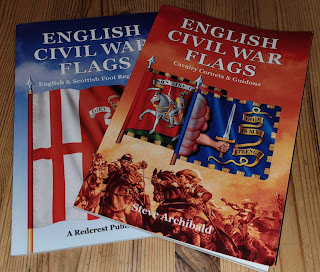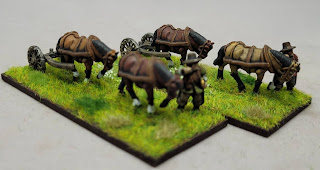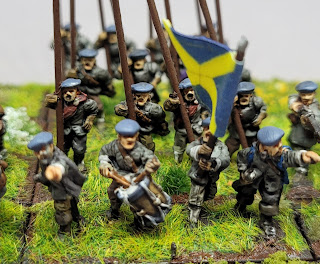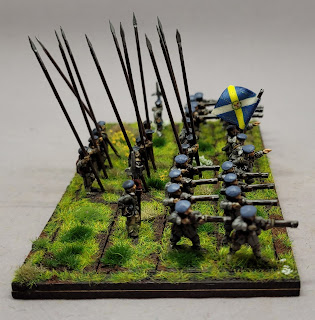English Civil War Flags

This week a bit of a book review. Which is a bit odd, because it is two books. Steve Archibald published his first volume with Redcrest Books (part of Amazon) a couple of years ago. The first volume covers English and Scottish Foot Regiments. His second volume covers Cavalry Cornets and Guidons. Both books are well researched: anyone familiar with the source material will be able to see that the author has gone back to primary source material to check the designs rather than simply rehash the Military Modelling flag articles from 79/80. You'd be surprised how many other authors and flag manufacturers have used the MM articles as their source material. The giveaway that the author went back to original source material Many flags were only described, rather than illustrated, in source material - so they are only an artist's interpretation. Publishers of flag books take note: this is how to do a flag book - full colour illustrations! The Foot volume starts by explaining the differ...









